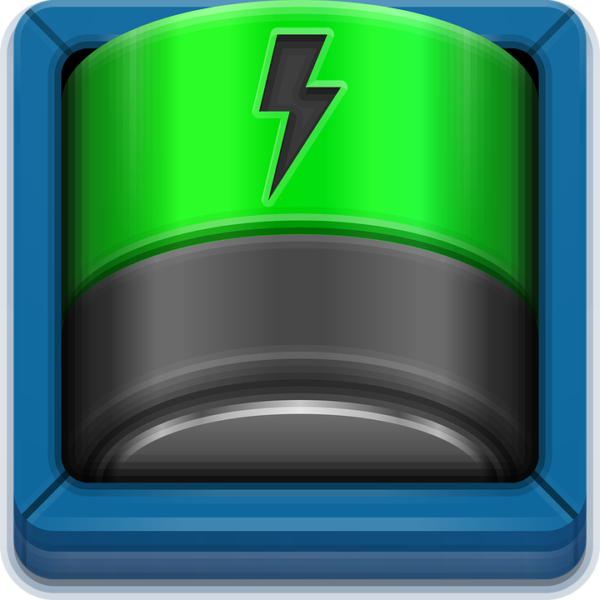
Renewable-energy storage is important to help humanity reduce its dependence on fossil fuels such as oil and coal, which produce carbon dioxide and other greenhouse gases that cause climate change.
Harnessing the power of the sun with solar panels and utilizing wind power with wind turbines are two common ways to generate renewable energy. But the sun isn’t always shining and the wind isn’t always blowing when we want electricity, and sometimes they produce surplus energy when demand is low.
To reduce the impact of inconsistent energy generation from renewable sources, scientists and engineers are developing ways to store excess energy for use when it’s needed. There are many different ways energy can be stored, and new storage techniques are being developed and refined all the time. Here are some of the best and most promising methods for storing renewable energy.
Batteries are probably the most familiar method of storing energy. Humans use batteries in all sorts of electrical devices, from smartphones to cars. The most popular batteries are lithium-ion batteries, which are used in small devices and also make up more than 90% of battery storage on the global electricity grid, according to the Environmental and Energy Study Institute in Washington, D.C., a non-profit organization that promotes sustainable energy.

